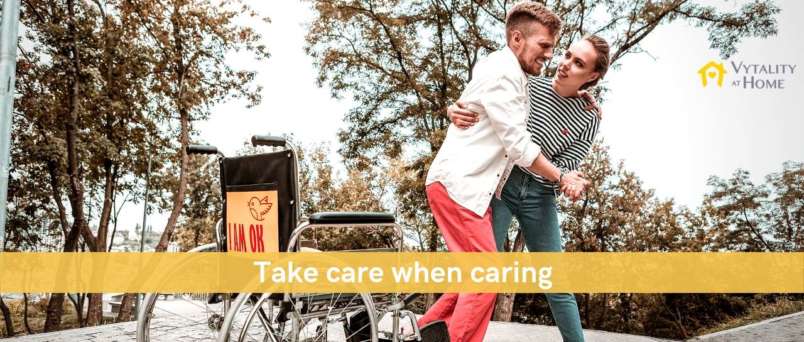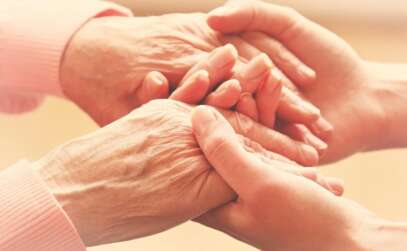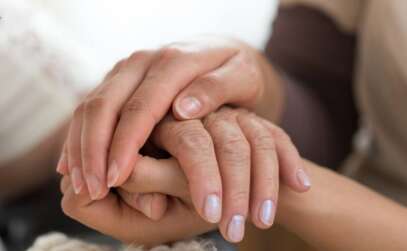Caregiving in 2019: looking after your physical health
Caregiving can be physically demanding, especially if you need to help someone with limited mobility and transfer needs, such as bed to wheelchair or help in the bathroom.
How common are caregiver injuries?
In a study of informal caregivers published in the Journal of Applied Gerontology:
- 94% of those surveyed experienced musculoskeletal pain in at least one area of their bodies.
- 67% had chronic problems with their lower back.
- 43% experienced knee, shoulder and wrist pain
- 78% felt the pain interfered with their ability to provide care
Most studies show that back injuries are the most common injury amongst caregivers. Moving a person can put strain on your lower back, alongside repetitive movements involving bending, such as tying shoelaces or loading wheelchairs. Over-exertion is also an issue, as it can cause multiple strains and fatigue.
Safe lifting for caregivers
As the stats above show, caregivers need to look after their backs! The National Institute of Occupational Safety and Health recommends lifting no more than 25 pounds at a time. So, make sure you’re not trying to lift too heavy a weight or load, and that it is within your capability.
The key to safe lifting is to assess the lift BEFORE you lift it. If you think you can lift safely, keep your back straight, bend your knees, and keep your head up and shoulders back. Keep the person or the load you are lifting close to your own body, and look straight at the person/object as you lift, to avoid twisting your torso.
Aids and devices for senior care
There are a whole range of devices available to help you with the physical logistics of care. Raised toilet seats make it easier for people to stand up, so there’s less lifting involved. Grab rails in a bathroom provide a firm handhold, whilst electric beds can raise seniors to their feet and make transfer so much easier (and safer). Gait belts can help you keep a firm hold when helping seniors to their feet.
For those with very limited mobility, there are mechanical hoists and lifts available to help you help them safely and without injury. If in doubt, ask your GP for guidance, and check out the Alberta.ca website for details of financial support.
You may be able to get some equipment on loan through the Canadian Red Cross Health Equipment Loan Program (HELP). For more ideas, see Jane Vock’s blog on “Government assistance and funding for caregivers in Canada”
Sleep deprivation
A good night’s sleep is vital to your physical and mental health, but for many carers of seniors, this can be difficult. Temporary overnight respite care can provide you with a chance to sleep well and for your body to restore itself naturally. The presence of an experienced healthcare professional such as our Calgary caregivers also provides many seniors with the reassurance that someone is there, in the home, if they need them – and often they sleep better as a result too!
Vytality at Home: home care help where and when you need it most
Unlike other home care companies who offer a fixed tariff of care services, we’re flexible. We have the expertise, experience and employees to create bespoke home care plans that are specifically tailored to the need of your love one – and you as the caregiver. You can add extra care or change your plan via the Vytality app. Or call us to discuss any changes in circumstances, anytime, 24/7.
Vytality at Home: respite care and more for Calgary’s caregivers




